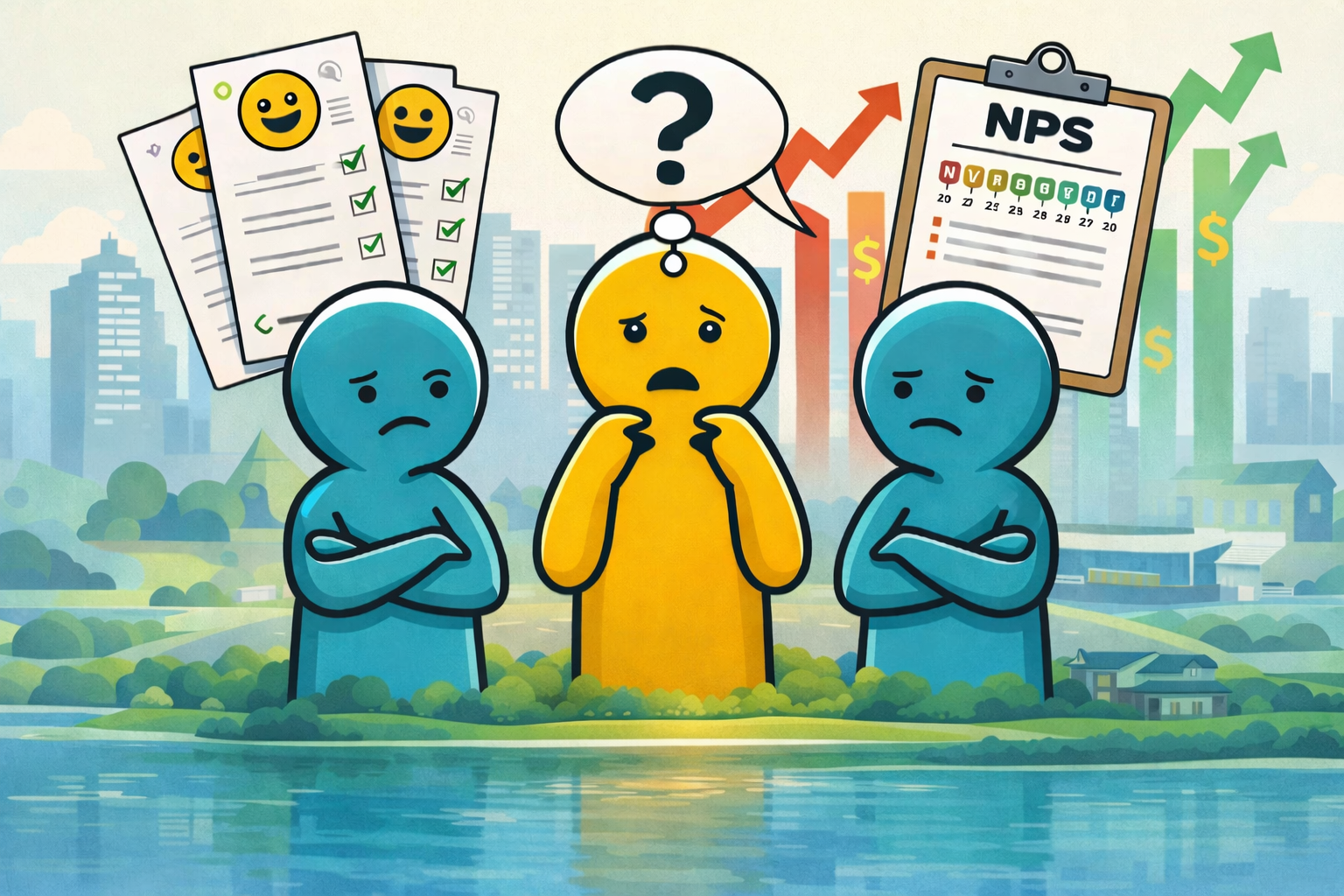December 17, 2025
STRATEGY AND CREATIVE FOR
TOMORROW'S
CREDIT UNIONS
strategy and creative for
tomorrow's
credit unions
We empower credit unions to survive and thrive by engaging, educating and retaining their next generation of members.
-Today
-
 Get StartedStart Creating Your Website Today
Get StartedStart Creating Your Website Today -



























Our Mission
We help credit unions Avoid unnecessary mergers

We don’t just see credit unions as financial institutions, but as vital partners to the communities they serve. YMC is a digital forward, human centric agency, here to support your credit union's mission and goals.

by educating, engaging, and retaining the next generation of members.
Bringing Relationships Together with Ideas to Drive Results.
Relationships
We treat clients, partners, and team members with the utmost respect and expect the same in return.
Ideas
We provide strategic and creative ideas that push beyond the norm.
Results
Above all else, strategy is the driving force behind our creativity, and, through trusting relationships, we will generate the results our clients deserve.
What we do best
 |
Strategic Outsourced MarketingStrategic marketing plans aligned with your mission and executed by our team to help achieve your growth goals. |
 |
Branding & Rebranding EngagementsCraft the “why” behind your credit union’s brand and connect with the members you serve. |
 |
Strategic PlanningGet unstuck and discover growth opportunities while getting your team aligned to create the impact your credit union needs. |
 |
Website Design, Build, & HostingPush the limits of what a website can be and redefine your credit union’s online presence. |
 |
Staff TrainingHelp your team build a supportive culture that promotes productivity and moves your credit union forward. |
Client Success Stories
Our Successes
(so Far)
Real results, zero fluff: See how we’ve transformed our clients’ marketing.
-
Think Differently
 "YMC challenges us to think differently and gets us out of our comfort zone. Which is a good thing and has been helping us grow."
"YMC challenges us to think differently and gets us out of our comfort zone. Which is a good thing and has been helping us grow."1
-
Strategic Planning
 "YMC has really helped us find our why and narrow our focus. That was evident in the Strategic planning session and the results from that. We are excited to really get going in the coming years and to pursue our purpose with more vigor and determination. We are now able to say how we are different, who we are and who we want to serve."
"YMC has really helped us find our why and narrow our focus. That was evident in the Strategic planning session and the results from that. We are excited to really get going in the coming years and to pursue our purpose with more vigor and determination. We are now able to say how we are different, who we are and who we want to serve."12
-
YMC On Top
of All Things "YMC provides what I cannot do in house. There is a level of stress removed from having YMC on top of all things marketing for us."
"YMC provides what I cannot do in house. There is a level of stress removed from having YMC on top of all things marketing for us."1
-
Extremely Talented Individuals
 "We leverage our partnership to have a full marketing team with extremely talented individuals and teams to help our Credit Union grow in a true partnership."
"We leverage our partnership to have a full marketing team with extremely talented individuals and teams to help our Credit Union grow in a true partnership."1
-
Provide Expertise
 "Having a team to put together drafts, bring outside perspective, and provide expertise in design, digital ads, and web management is a massive plus for a one-person marketing team. Thanks for all the hard work :)"
"Having a team to put together drafts, bring outside perspective, and provide expertise in design, digital ads, and web management is a massive plus for a one-person marketing team. Thanks for all the hard work :)"1
Who We Are
The People Behind YMC
From Creatives and Strategists all the way up to Leadership, get to
know the remarkable minds committed to your credit union’s success.














Blog
our insights on marketing
& the credit union industry

|

|

|

|
November 18, 2025 Will Merger Be Our Credit Union Story?In 1969, the credit union movement reached its peak: 23,866 credit unions across the United States. Nearly all were... |
 |
March 25, 2025 The cost of not deciding.Ever had one of those moments where you stare at a restaurant menu for way too long, overwhelmed by all the choices? |
 |
March 11, 2025 The characteristics of a successful credit union leader: is it you?I recently read an article in The Daily Stoic that reinforced a point I make in every strategic planning session... |
 |
March 18, 2025 Why Your Why is DangerousWe buy into the concepts of Simon Sinek and Seth Godin, and even Brené Brown.... |
 |
March 4, 2025 Your Credit Union Deserves a Website That Works as Hard as You Do!Your credit union website is more than just a digital brochure—it’s your front door.... |
